
Crossing Khunjerab Pass Between Pakistan & China
Updated October 2023, Crossing Khunjerab Pass was originally written in August 2018
At over 4,600m Khunjerab Pass is the highest paved border crossing in the world on the famed Karakoram Highway. Home to the world’s highest ATM and that iconic gate that separates the two countries.
This is the overland route that business people, goods & supplies, and tourists must use to transit between Pakistan & China. Here is everything you’ll need to know before crossing Khunjerab Pass.
Plan your visit to Northern Pakistan with my Gilgit-Baltistan Travel Guide
Need Travel Insurance and Evacuation Services for Pakistan & China?
Start shopping for travel insurance plans over at IATI Insurance. Readers of the Adventures of Nicole get a 5% discount off your plan.
The Adventures of Nicole partners with Global Rescue to offer the world’s leading medical evacuation and security advisory services. To travel with peace of mind, shop evacuation coverage at Global Rescue.
Why Cross Khunjerab Pass?
- Travelers making the epic journey along the Karakoram Highway (KKH)
- For those border addicts looking to cross the highest border crossing in the world
- Travelers wanting to go between China and Pakistan without flights
Important Things To Know Before Crossing Khunjerab Pass
- You cannot cross between Tashkurgan and the gate/fence on the Chinese side on your own. You must take the transport services provided by NATCO (Northern Areas Transport Corporation) and Hunza-Xinjiang Trading Company.
- The Khunjerab Port where you deal with Chinese immigration is actually in Tashkurgan, about 100km from the actual gate.
- The Sost border where you will clear Pakistani customs and immigration is in the town of Sost, about 85km from the gate.
- Cyclists will need to put their bicycles on the truck (NATCO or Hunza-Xinjiang) and take the bus between Tashkurgan and Sost.
- Motorbikers and those crossing in their own vehicles must cross the border at the same time with the NATCO and Hunza-Xinjiang buses as a convoy.
- The border gate is at just over 4,600m/15,100ft. Bring plenty of water to help stave off the feeling of altitude sickness.
- It can be difficult to exchange money in Tashkurgan. It’s recommended to exchange some money into RMB in Sost for those China-bound.
- You will have to pay the Khunjerab National Park fee on the Pakistani side (even though you only drive through it). You can pay in USD, PKR, or RMB, $8/800/50 respectively.
- Dress warmly. It can get quite cold and be snowing on top of the pass even in the summertime.
- China is annoying and has the entire massive country in one time zone known as Beijing time. Since this is ludicrous considering the massive east-west sprawl of the country, Xinjiang unofficially has its own timezone that is two hours behind Beijing time. This is none the less confusing, so if unsure ask if they’re referring to Beijing or Xinjiang time. Note that most government, transport, and official things run on Beijing time. Thank Allah Pakistan has one time zone which is 1 hour behind being Xinjiang and 3 hours behind Beijing.
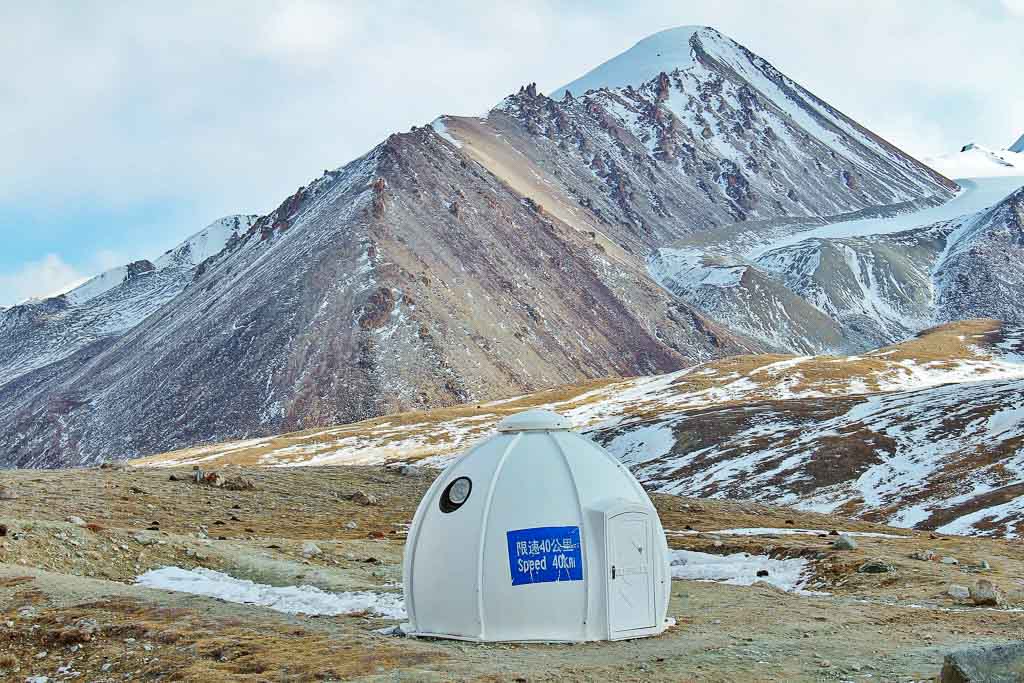
Days & Hours Of Operation
The Khunjerab Pass is only open Monday through Friday. Hours of opening aren’t really of concern to travelers as the border is only open to those taking the NATCO and Hunza-Xinjiang Trading Co. buses, and those with their own vehicles that will cross with the convoy of buses.
If you are curious, the Chinese side is open from 11 am-8 pm Beijing time (9 am-6 pm Xinjiang time). The Pakistani side is open from 9 am-5 pm.
The border is closed for Chinese and Pakistani (as well as Islamic holidays) so do check ahead that you won’t be planning to cross on a holiday.
Note that Khunjerab Pass is closed in the winter months from about November to April.
Getting There & Transportation
As of right now NATCO and Hunza-Xinjiang Trading Company offer buses that shuttle people over Khunjerab Pass between Tashkurgan, China, and Sost, Pakistan.
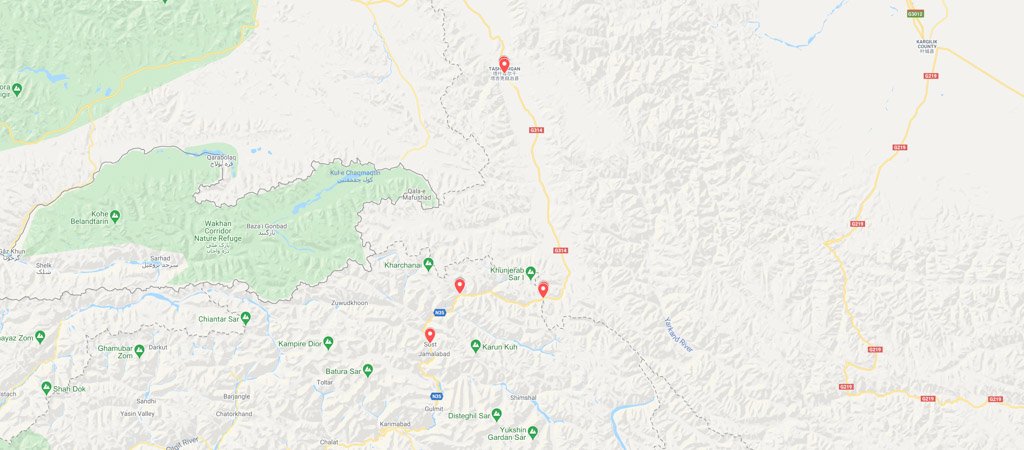
- Tickets from China to Pakistan cost 225 RMB ($35 USD) and tickets from Pakistan to China cost 3,300 PKR ($28 USD). These tickets must be paid for in the respective local currency.
- Tickets from China to Pakistan must be bought the morning of at the bus station and you will need your passport to purchase them. From Pakistan to China it is possible to reserve tickets in advance.
- Hunza-Xinjiang does offer private transport options for trips from Sost to Tashkargan. It must be booked in advance. Costs are 25,000 PKR for cars and 35,000 PKR for Landcruisers. Each can hold up to 4 passengers.
- The drive between Tashkurgan and Sost will take about 6 hours.
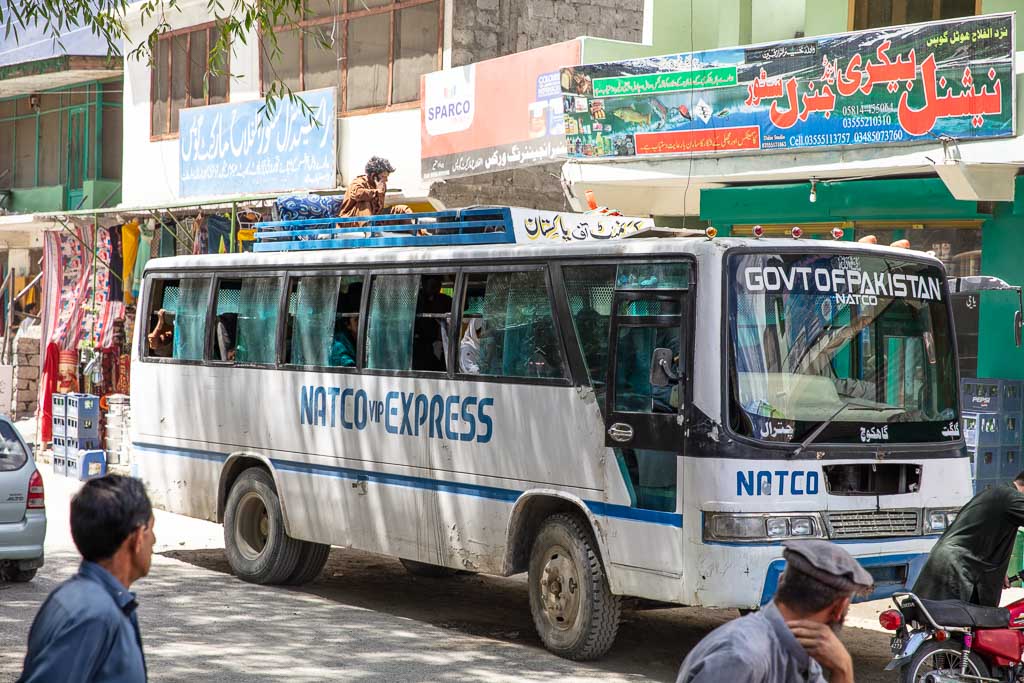
China To Pakistan
Traveling from China into Pakistan is a bit of a clusterf**k, you’ve been warned. Here is the entire procedure, start to finish:
Get to the Tashkurgan Bus Station at 9:30 am Beijing time/11:30 Xinjiang time when tickets go on sale. Go in, show your passport and purchase your 225 RMB ticket, remember that you can only pay in RMB.
Next, you’ll need to either walk about 20 minutes or take a 5 RMB taxi ride to Khunjerab Port to clear customs and exit China. Khunjerab Port is where the buses will depart from.
Khunjerab Port doesn’t open until 11 am Beijing/1 pm Xinjiang time. So there is no need to rush if you bought your ticket when ticket sales opened. There are a couple of shops serving food open near the bus station, so grab some breakfast and a few snacks for the road before heading to Khunjerab Port.
At Khunjerab Port you’ll go through a security checkpoint and then enter the main building. Here you’ll scan bags through an X-ray and then get your exit stamp out of China. You’ll then be brought to the steps out back to sit and wait. Buses do not leave until everyone gets through.
Between sitting and waiting to get on the buses, getting on the buses, and sitting on the bus waiting to leave the port you’ll be asked to see your exit stamps a ridiculous number of times by border officials. Just hand over your passport open to the exit stamp. Or just hand over your closed passport, you’ll thoroughly entertain the entire bus at your own expense.
Finally, your buses will depart, which typically doesn’t happen until 1 pm Beijing/11 am Xinjiang time. You’ll travel directly to the post on the Chinese side of the Khunjerab border gate which will take about 3 hours.
At this military checkpoint, they will check your exit stamp (yet again). You’ll then have to wait until on the bus they open the gate.
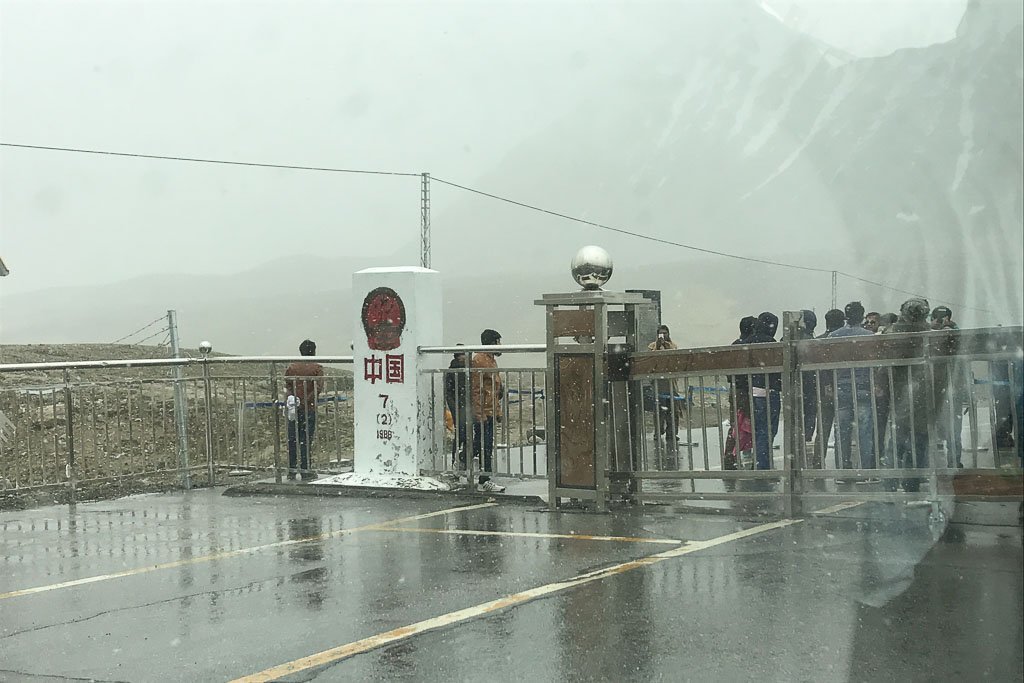
The Khunjerab Pass gate finally opens, you drive through. Celebrations ensue on buses as Pakistanis yell things like “FREEDOM!” and turn up the music as they’re stoked to leave police-state Xinjiang. You will arrive in Sost about 3 hours later (Pakistanis are treated poorly in Xinjiang).
Next, you’ll make your way down the pass toward Sost. You’ll stop first at the Khunjerab National Park to pay the park fee (800 PKR/50 RMB/$8 USD). You’ll then walk down the highway a short way and go into the Khunjerab police station where you’ll register with the police, have your photo taken, and then be given your police registration card.
After registering with the police you’ll continue to Sost where you’ll clear immigration and go through a quick and easy customs check. Welcome to Pakistan!
There will be buses outside the customs office where you can continue to places in the Hunza Valley, Gilgit, and beyond. You can exchange money into PKR in Sost.
I recommend exchanging enough to get on a bus and buy some snacks but wait until Gilgit to exchange the bulk of your money as you’ll get a better rate there. There are also ATMs in Gilgit.
Pakistan To China
Traveling from Pakistan to China is a fairly simple process (aside from the near-anal-probing that will ensue at the Chinese military checkpoint at the border).
You can book tickets in advance by visiting the NATCO or Hunza-Xinjiang offices or calling on the phone.
When you arrive in Sost on the day you plan to depart, go over and purchase your ticket. You’ll need to pay 3,300 PKR and present your passport. Pay for your ticket at around 8:00 am.
Customs and immigration do not open until 9:15 am, so you can grab breakfast at a shop in Sost and pick up snacks for the road while you wait.
Next, walk across the road to the Sost immigration and customs post. Exiting Pakistan is simple and quick.
Once you enter the building you’ll be asked to set your bags on the floor and wait. Drug sniffing dogs will be brought out.
Next, you’ll have to go through a health inspection. You’ll then have your passport checked and stamped and hand over your police registration card. Then go through a quick customs check.
Buses leave around 10 am outside the immigration and customs office after everyone with tickets has cleared.
The journey up to the Pakistan-China border at Khunjerab Pass will take about 3 hours including the stop at Khunjerab National Park to pay the 800 PKR/500 RMB/$8 USD fee.
Once you arrive at the Khunjerab Pass border gate you’ll have to wait until the gate is opened (we waited about 30 minutes). You can get out and join the Pakistani tourists (you’ll probably be asked to be in hundreds of selfies), while you enjoy your last moments of freedom before crossing into the military police state commonly known as Xinjiang.
Going to China? Check out my posts on Kashgar and Turpan and start planning
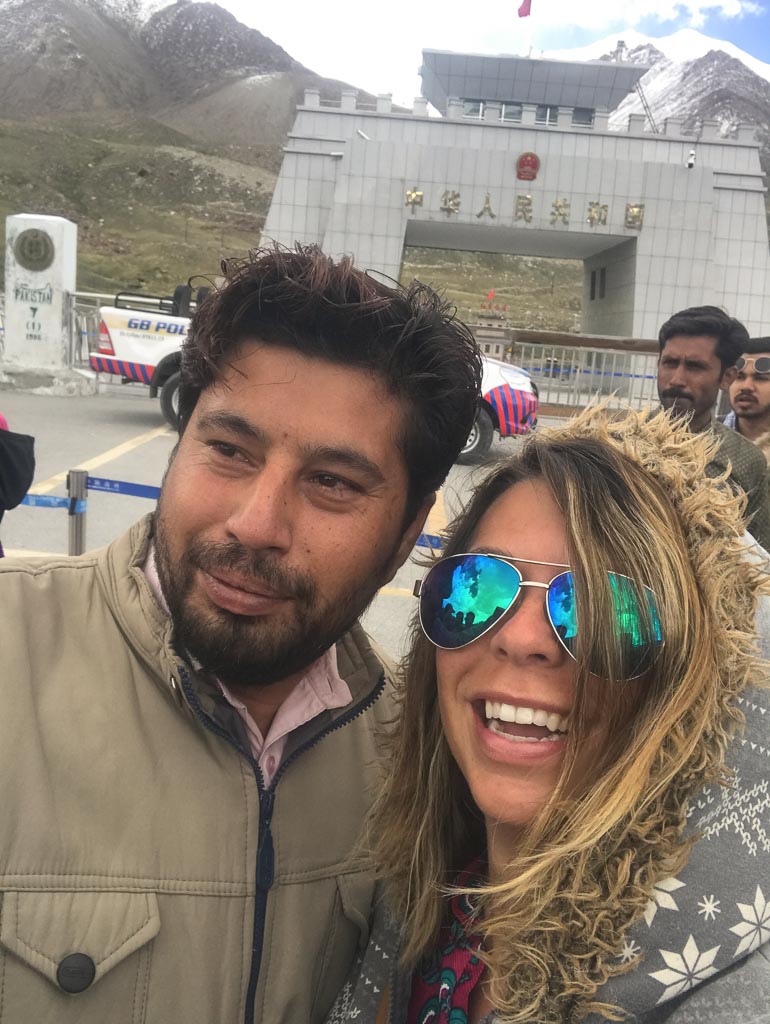
Once through the Khunjerab Pass gate, you’ll visit the military checkpoint where you’ll be thoroughly searched. This will include the typical military search with a Chinese authoritarian flair: cameras, laptops, and phones will be thoroughly searched (it’s recommended for any photos and such that may be deemed sensitive to be uploaded to the cloud or a similar service prior to heading to the border), bags scanned and then physically rifled through, you’ll even go through an X-ray (I probably have a tumor from the ridiculous number of X-rays I had to go through in Xinjiang), and questioning by officers.
You’ll have to wait for all people on the buses to clear the checkpoint because you’ll all be required to travel as a convoy back to Tashkurgan. You aren’t even allowed to use the toilet without a police escort (hint: they say they’ll take you and never do). And don’t you dare go relieve yourself once you’re outside (one Pakistani did after proclaiming he’d go “make China green again”) without fully intending to be publicly chided by a Chinese officer (thank Allah for the Pakistani sense of humor on this 3 hour bus trip down to Tashkurgan as the general atmosphere of your bus will be that of hopelessness and despair).*
Next, you’ll arrive at Khunjerab Port on the south end of Tashkurgan. Before getting out of your bus you must wait for it to be sprayed (on the outside) with a disinfectant (not even kidding). You’ll go through customs and immigration quickly here in comparison to the check you endured up in the pass.
Plan to walk back to the center of Tashkurgan, which will take about 15 minutes. There likely won’t be any taxis waiting in the port parking lot.
You will see many taxis on your walk back. They either already have passengers or if not most won’t stop if you flag them. We did get one that stopped on the whole walk back to stop, but we gave it to a Pakistani trio walking with us because one was quite elderly (it took a lot of insisting that they take it because even outside Pakistan they’re still the kindest people).
Most will opt to spend one night in Tashkurgan and then take a bus or taxi to Kashgar the next day. There isn’t really much of anything you can do or see in Tashkurgan. For those planning to head to Tajikistan, the Kalasu Port for Qolma Pass Border Crossing to the GBAO region of Tajikistan is about an hour’s drive away.
*People talk about the hardcore police states in Turkmenistan & Uzbekistan. I felt 1,000,000x more free in those countries than in Xinjiang.
Where To Sleep
Tashkurgan, China: Khunjerab Inn (185 RMB) per night and Crown Inn Tashkurgan (520 RMB per night).
Kashgar, China: China just begun allowing tourists back into the country more recently and I have only gotten recent confirmation that tourists were back in Xinjiang and with that said, most accommodations will not accept foreign guests. Call around to hotels to ensure you can book with them in advance of your trip to avoid headache.
Sost, Pakistan: There are a few places around, you can also try Pamir Serai Guesthouse.
Beyond in Gilgit-Baltistan, Pakistan: There are a number of guesthouses, homestays, inns, and hotels scattered throughout Gilgit-Baltistan, check out where to stay here.
Need inspiration? Check out 12 photos from Gilgit-Baltistan

Visas
Most will need visas in advance for both countries.
China
As you can see from the map below, most countries need a visa prior to visiting China. Typically you can only apply for a Chinese visa from your country of residence.
If you want to learn how to apply for a Chinese visa as a US citizen, read my post on the topic here. In order to apply, you will need your passport, a filled-out application, a passport photo, the fee, and either an LOI (letter of invitation) or a detailed itinerary & airline tickets.
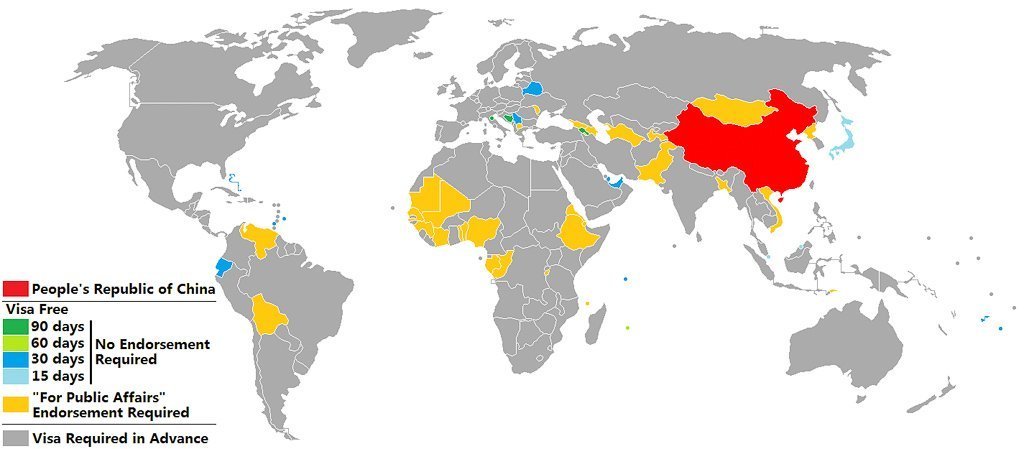
Pakistan
Many nationalities are eligible for an e-visa to visit Pakistan, and e-visas are accepted at Khunjerab Pass to enter Pakistan. You can apply for your visa here. Some nationalities are eligible for a visa on arrival, but you will need to fill out a form on the site linked for the visa more than 48 hours prior to your arrival.

Need More Information On Crossing Khunjerab Pass?
Ask in the questions below!

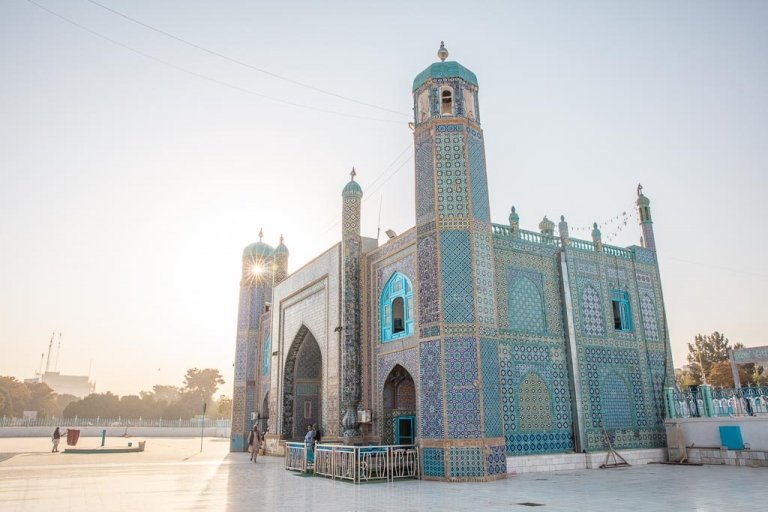
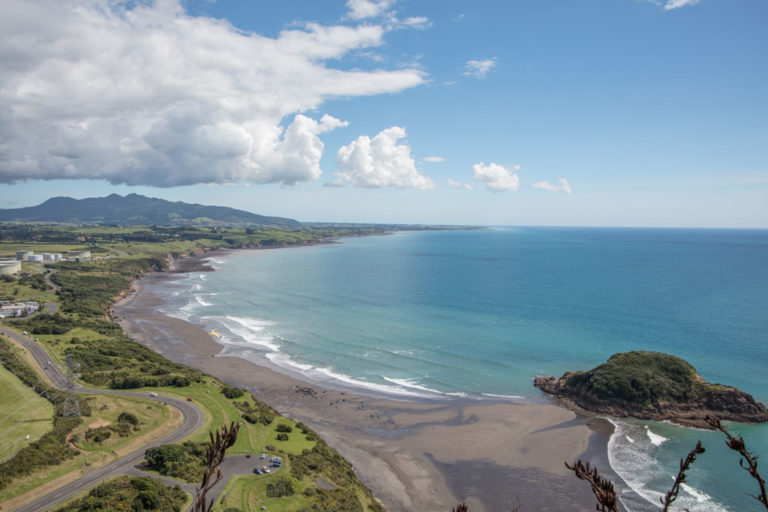
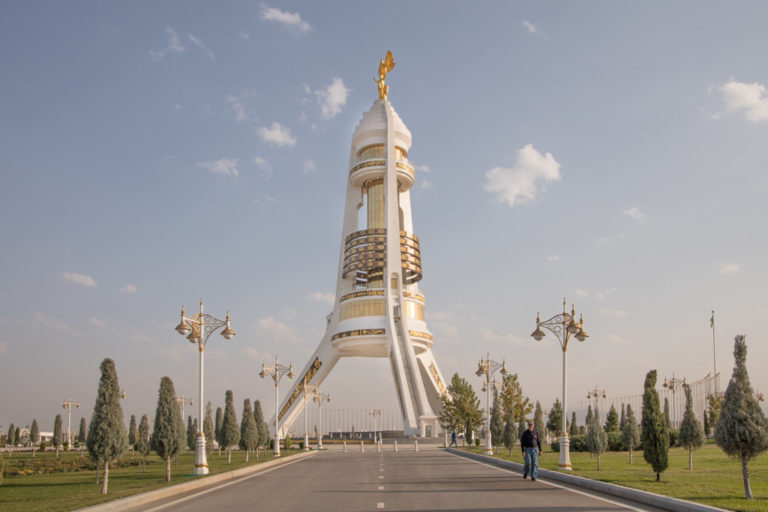


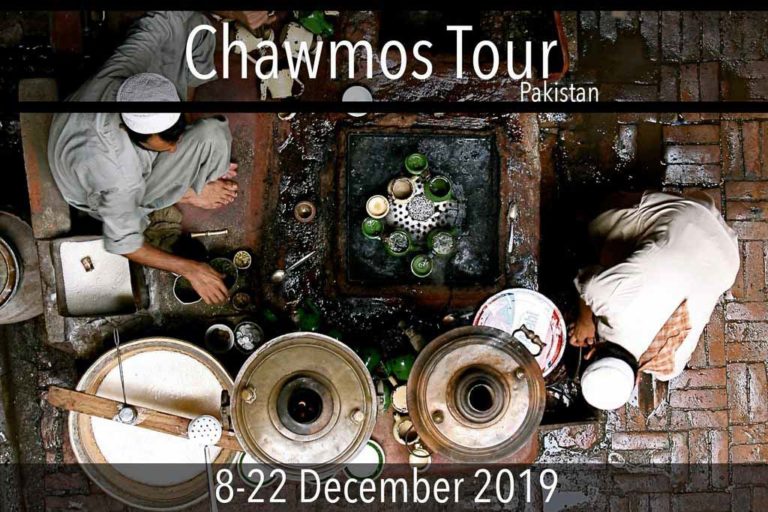
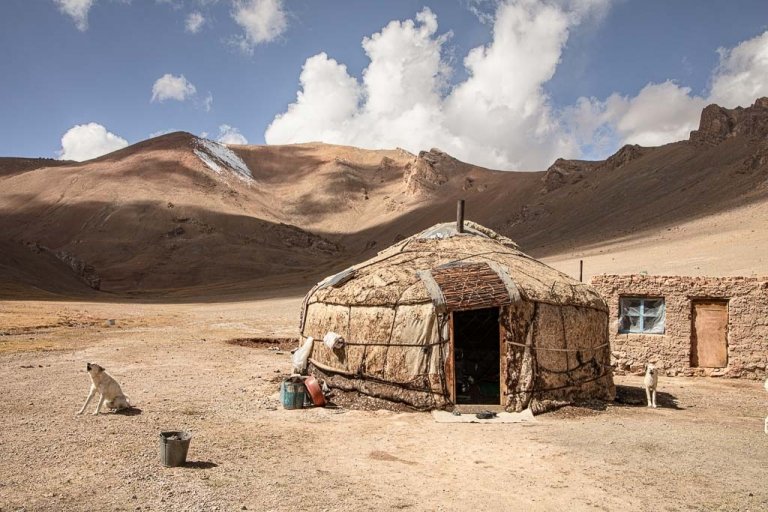
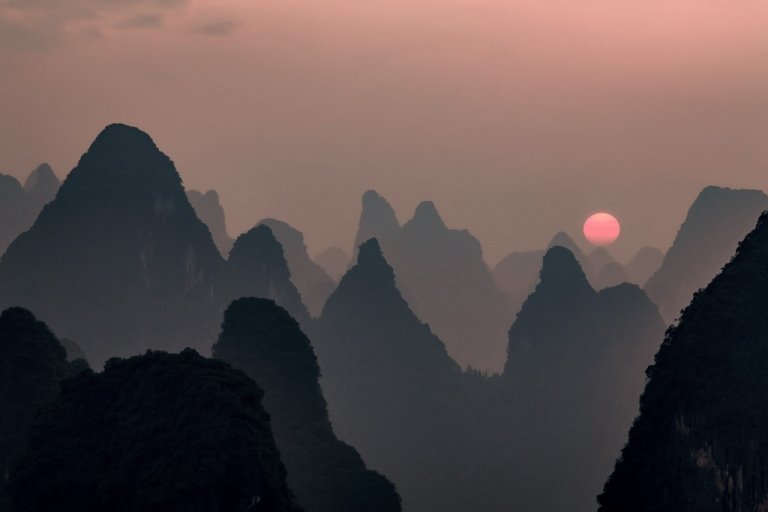
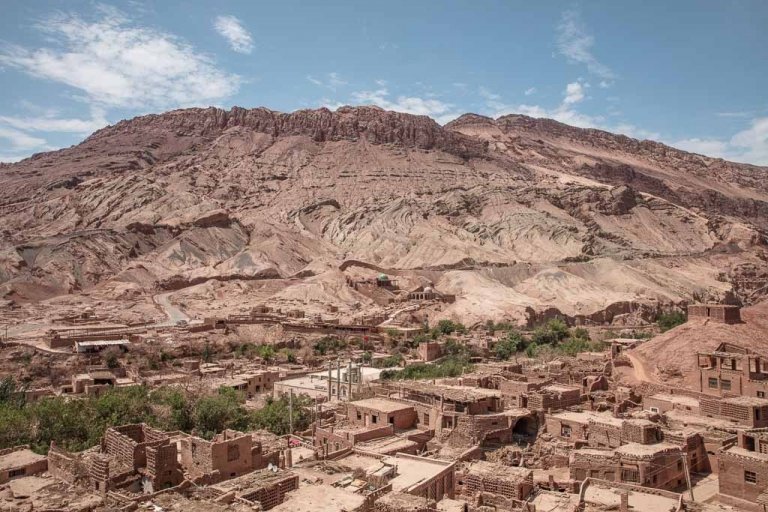

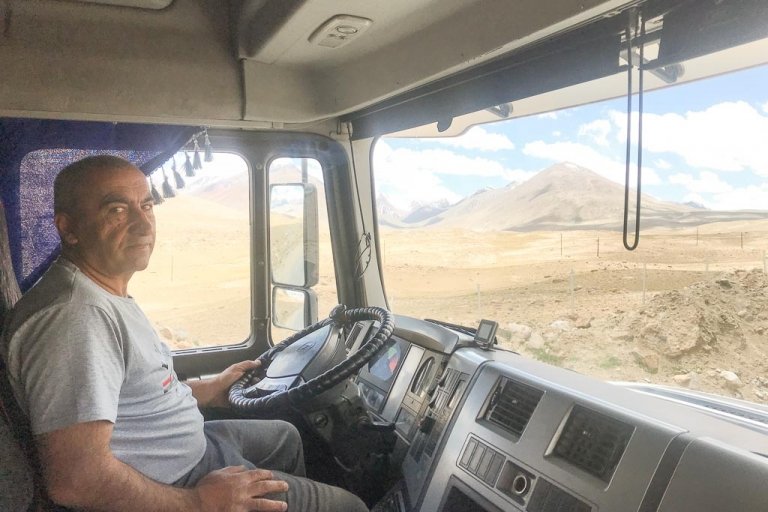

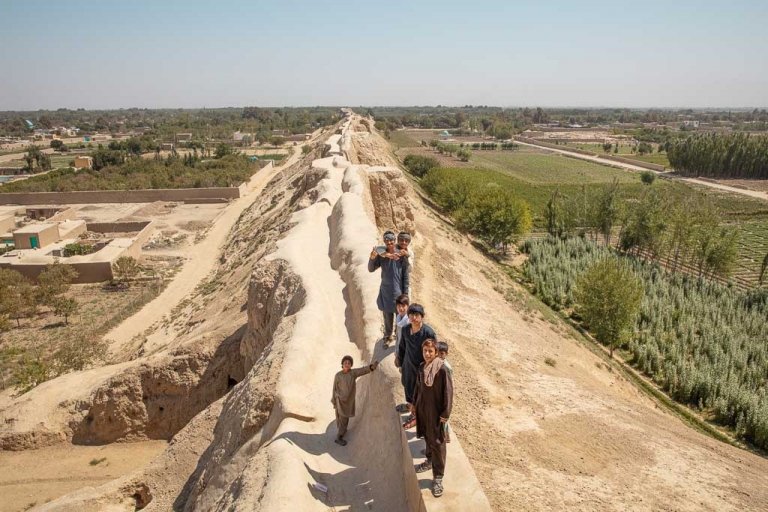
Hello Nicole,
thanks a lot for your report!
Was it easy to find transport from Tashkorgan to Kashgar? I heard that foreigners must rent an official van which costs a fortune. What is true? 🙂
Thanks Alex
Hey Alex,
We did not need to hire an official van, we were able to use any taxi, that said, I have not returned since China re-opened following covid. The updates I received over last summer and fall were from cyclists so not of much help in this regard. I would recommend contacting accommodations in Kashgar and Tashkurgan and enquiring on what the current situation might be. Another good place to check is the Caravanistan forums.
Hi Nicole, thanks for all the info, just a couple of questions, did the Chinese officers ask for the password for your phone to be able to check the photos ? also could you tell me how long was the taxi drive from Tashkurgan to kashgar? thanks!
Hi Miguel,
Yes they did request us unlock phones/laptops for the search in my experience. The drive from Kashgar-Tashkurgan I think took 6-7 hours with all the stops for security checks.
The visa chart is very useful. Where did you get it from?
I’ve also been to Khunjerab Pass in the winters and it is even more gorgeous then.
Very informative and full of nice images that attract the viewers.
Thanks so much for the detailed info 🙂
Happy to hear that, thanks for reading!
Thank you for the information on making this crossing, we will do this in the summer.